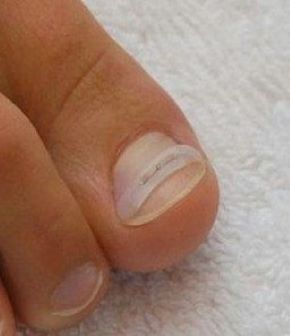Corns and Calluses are thickened areas of skin which develop as a result of pressure or friction. Corns are smaller and more discrete. They often tend to occupy deeper layers of skin when compared to calluses. Corns may arise on the top, the side, the tip of a toe or in between toes. Sometimes a deep corn may be found within a callus at the bottom of the foot. Calluses tend to develop at the ball of the foot or at the heel.
Corns and calluses may arise due to ill fitting shoes, shoes that crowd the toes, or high heeled shoes. They may also arise due to particular bone or joint abnormalities, structural deformities, or poor foot mechanics that lead to changes in pressure distribution and gait.
Management may be as simple as changing shoe type or shoe size. Non- medicated pads and cushions which may be purchased over the counter or through your doctor may ease tenderness and slow the rate of growth. Over the counter products labeled as “corn removers” should be used with caution as they may cause a chemical burn if used improperly. Individuals with diabetes, peripheral vascular disease, or other immunocompromising disorders should not use the products at all. Orthotics (shoe inserts) may be used to improve the mechanics of the foot and, therefore, allow for improved pressure distribution. The corn or callus may be pared down by your doctor to ease the symptoms if present. It is likely that the corn or callus will return if the source is not addressed. Even when the source is addressed some individuals may still be prone to recurrences.
Individuals may use pumice stones or files to manage the thickened skin, however, one should be sure that what they have is in fact a callus or corn, and not a plantar wart, athlete’s foot, or other condition. Pumice stones and files can trap the fungus that causes athlete’s foot and the virus that causes plantar warts. These tools can therefore spread the infection and create more problems.






